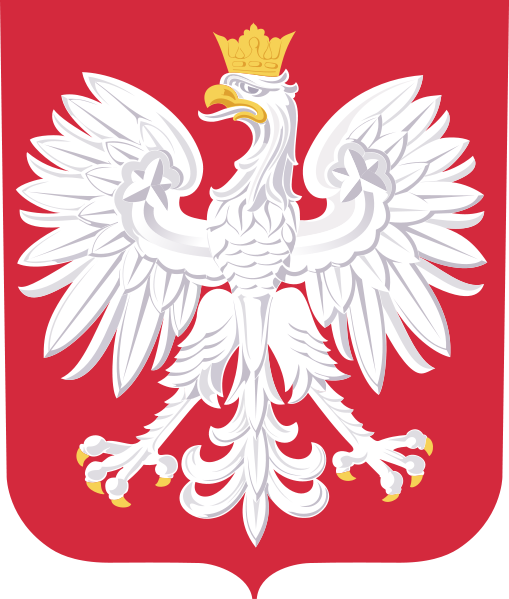Online first
Current issue
Archive
Most cited 2025
About the Journal
Editorial Board
Editorial Office
Copyright and self-archiving policy
Information clause on the processing of personal data
Conflict of interest and informed consent
Declaration of accessibility
Instructions for Authors
Instructions for Reviewers
Contact
Reviewers
2024
2023
2022
2021
2020
2019
2018
2017
2015
2016
2014
2013
Editing and translations
ORIGINAL PAPER
Effect of participatory ergonomics program on reducing ergonomic risk factors among the aging workers on ginger peelers in Wat Puranawas community, Thailand
1
Mahidol University, Nakhon Pathom, Thailand
(Occupational Therapy Division, Faculty of Physical Therapy)
2
Chiang Mai University, Chiang Mai, Thailand
(Department of Occupational Therapy, Faculty of Associated Medical Sciences)
Online publication date: 2025-07-14
Corresponding author
Phichaya Baramee
Mahidol University, Occupational Therapy Division, Faculty of Physical Therapy, 999 Phuttamonthon 4 Road, Salaya, Nakhon Pathom 73170, Thailand
Mahidol University, Occupational Therapy Division, Faculty of Physical Therapy, 999 Phuttamonthon 4 Road, Salaya, Nakhon Pathom 73170, Thailand
Int J Occup Med Environ Health. 2025;38(4):324-34
HIGHLIGHTS
- Ginger peeler aging workers have risk of work-related injury.
- Short period participatory ergonomics program can reduce ergonomic risk factors and enhance work ability.
- The effects of the program remain even during the follow-up period.
- Participatory ergonomics programs can be applied for ginger peeler aging workers in community context.
KEYWORDS
agingergonomicswork performanceoccupational healthmusculoskeletal disorderscommunity-based participatory research
TOPICS
- occupational diseases and work-related diseases, including asthma and rhinitis (case studies, diagnostics, prevention, risk factors)
- musculoskeletal diseases
- assessment of the impact of working conditions on work capability and workers’ health (fitness for work)
- ergonomics
- occupational and environmental risk factors of work-related diseases, with special regard to cardiovascular and musculoskeletal diseases
ABSTRACT
Objectives: The present study aims to investigate the effects of the participatory ergonomics (PE) program on reducing the ergonomic risk factors and increasing the work performance among the aging workers who work as ginger peelers in the Wat Puranawas community in Thailand. Material and Methods: Fourteen older workers who work in the Wat Puranawas community are recruited, by purposive sampling. Participants attend the PE program twice, each session lasts 60 min. The measuring instruments used are: the Rapid Upper Limb Assessment (RULA), the Work Ability Index (WAI), and the Canadian Occupational Performance Measure (COPM). The Friedman test is used for comparing the difference in the outcome from 3 periods, the pre-test period, the post-test period (at 2 weeks after implementing the PE program), and the follow-up period (at 4 weeks after the conclusion of the PE program). Wilcoxon signed-rank test was also performed. Results: The scores of the RULA and the scores of COPM in the domain of satisfaction and performance during ginger peeling are improved during the post-test and the follow-up period (p < 0.05). The scores of WAI show no statistical significance when comparing the 3 periods (p = 0.079). Conclusions: The results indicate that the PE program can effectively reduce ergonomic risk factors and enhance the workability among aging workers who work as ginger peelers. Int J Occup Med
Environ Health. 2025;38(4):324–334
Share
RELATED ARTICLE
We process personal data collected when visiting the website. The function of obtaining information about users and their behavior is carried out by voluntarily entered information in forms and saving cookies in end devices. Data, including cookies, are used to provide services, improve the user experience and to analyze the traffic in accordance with the Privacy policy. Data are also collected and processed by Google Analytics tool (more).
You can change cookies settings in your browser. Restricted use of cookies in the browser configuration may affect some functionalities of the website.
You can change cookies settings in your browser. Restricted use of cookies in the browser configuration may affect some functionalities of the website.




